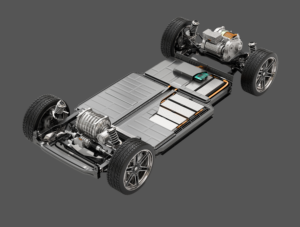Overview
Explicit Dynamics is a powerful tool that allows us to understand the physics of events that occur over brief durations, often lasting milliseconds or less. Examples of such events include a ball striking a bat, a phone dropping to the ground, or a vehicle collision. These simulations can be performed using the theory of Explicit Dynamics, which is especially useful in scenarios with high nonlinearities where convergence through implicit methods may not be feasible. The focus will be on the theory behind Explicit Dynamics simulations and introduces the LS-DYNA solver, a tool that facilitates the simulation of brief-duration events. The LS-DYNA solver is built on the Explicit Dynamics theory and is a user-friendly interface capable of performing simulations involving high levels of nonlinearity. You will learn how to use the Ansys Workbench LS-DYNA environment efficiently for your simulations. In essence, this premium learning material provides a comprehensive overview of the Explicit Dynamics theory and its applications, focusing on the use of the LS-DYNA solver and the Ansys Workbench LS-DYNA environment for simulating brief-duration events.
Learning Outcomes
Following completion of this premium learning material, you will be able to:
- Understand the distinctions between Implicit and Explicit methods and when to utilize each one.
- Detect and remedy undesirable behaviors such as volumetric locking, shear locking and hourglass behavior.
- Navigate the environment of Ansys Workbench LS-DYNA.
- Set up a model and apply proper loads and boundary conditions.
- Exploit connections and contact pairs to model realistic interactions among parts.
- Select proper material models available in Ansys Workbench LS-DYNA to incorporate behavior of a wide range of materials.
- Discretize models with specific meshing guidelines for explicit dynamics analysis.
- Use Analysis Settings to adjust different parameters of interest.
- Learn how to check the energy balance of the system to ensure solution accuracy.
Prerequisites
- A working understanding of Ansys Mechanical is required.
- Fundamental knowledge of the finite element method is required.
- A basic understanding of the theory of Explicit Dynamics is required
Estimated Time: 8 Hours

You are being redirected to our E-commerce site to provide you an optimal buying experience experience. Please refer to our FAQ page for more details. Click this link to proceed.


